The earth beneath our feet holds secrets—volcanic heat, mineral-rich water, and ancient geological processes that create something almost magical. When groundwater meets underground heat sources, nature produces its own spa treatment, complete with minerals that would cost hundreds at any wellness center. Below are eighteen remarkable hot springs scattered across the globe, each offering its own blend of healing waters, stunning landscapes, and the simple pleasure of a really good soak.
Blue Lagoon, Iceland
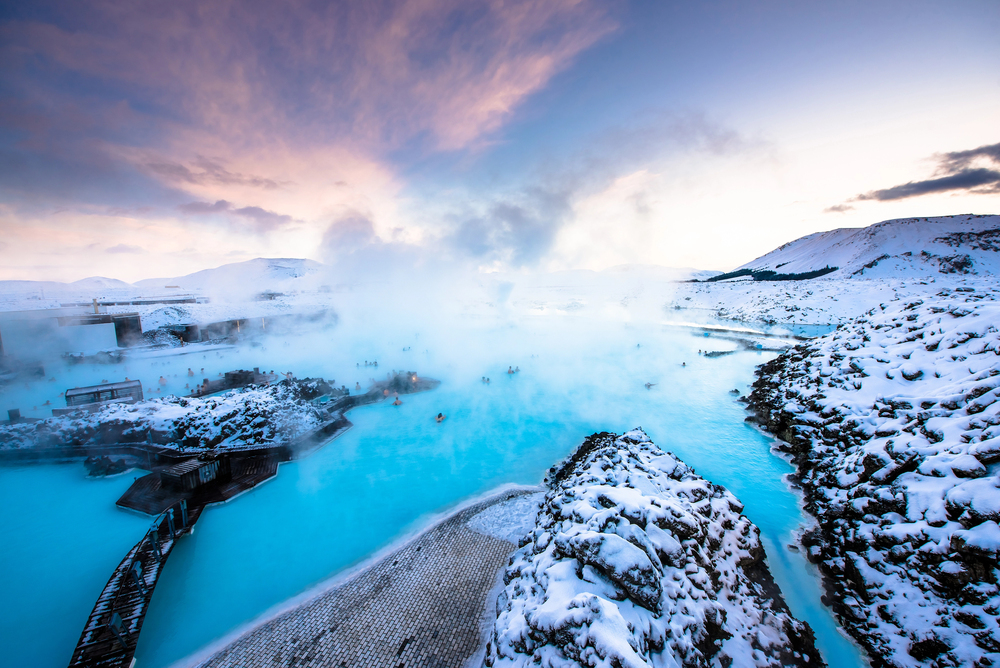
This milky blue pool sits in the middle of a black lava field, looking like something from another planet. The water stays around 98 to 102°F year-round, heated by a nearby geothermal power plant (yes, it’s technically man-enhanced, but the minerals are all natural). Silica gives the water its famous color. Most visitors slather the white mud on their faces—it’s supposed to help with psoriasis, though plenty of people just like how it feels.
Pamukkale, Turkey
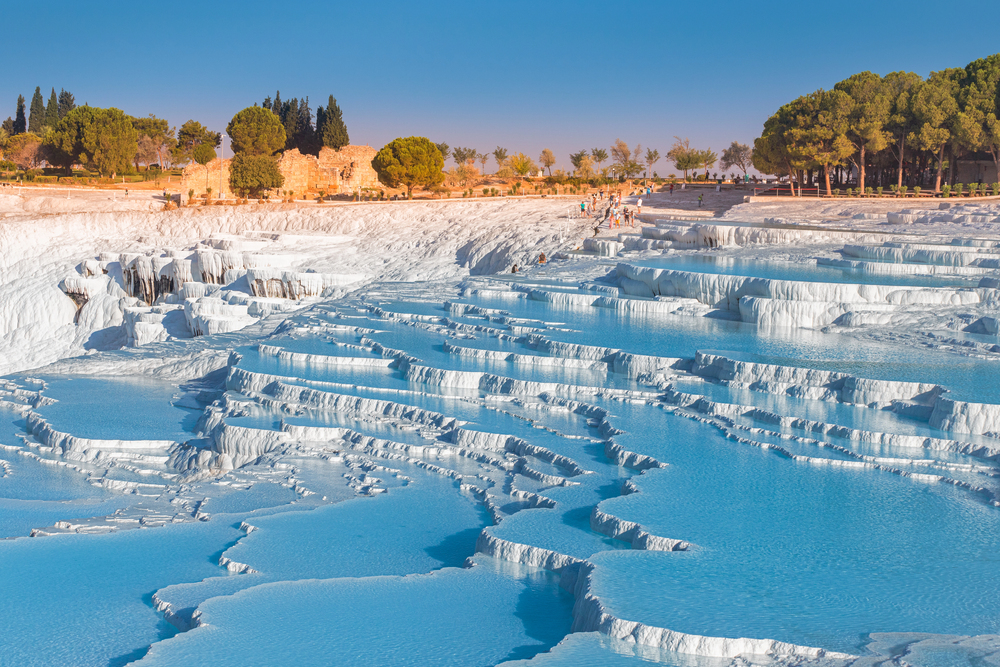
Cotton Castle. That’s what the name means. These white terraces cascade down a hillside, each pool filled with warm, calcium-rich water that created the formations over thousands of years. The Romans built a whole city here—Hierapolis—and you can still swim in Cleopatra’s Pool among ancient marble columns. Just don’t expect privacy; this place gets packed.
Banjar hot springs, Bali
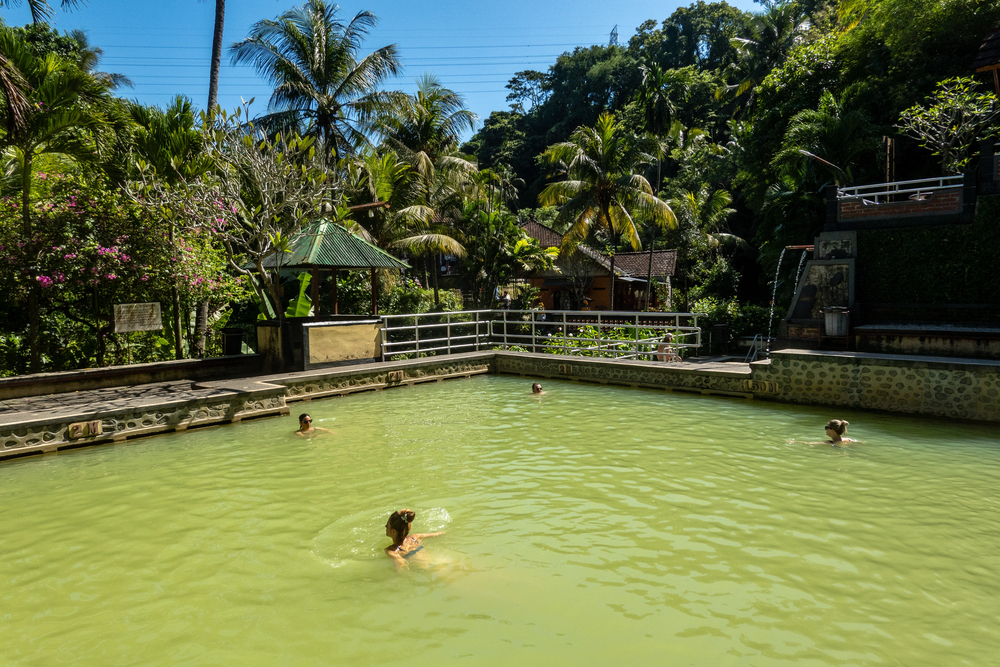
— Photo by Alexander2323
Three dragon-headed spouts pour sulfuric water into tiered pools surrounded by tropical gardens. It’s only about 98°F, so not scorching. Locals believe the water has healing properties—they’ve been coming here since the 11th century. The slight smell of sulfur takes getting used to. But the setting? Pure Bali.
Saturnia, Italy

In southern Tuscany, these cascading pools have been free to the public for over 2,500 years. The water flows at 800 liters per second at a constant 99°F. The smell hits you first—sulfur again—but after five minutes you won’t notice. Mill Falls (Cascate del Mulino) is the postcard shot everyone wants, with its limestone terraces and old mill ruins.
Jigokudani Monkey Park, Japan
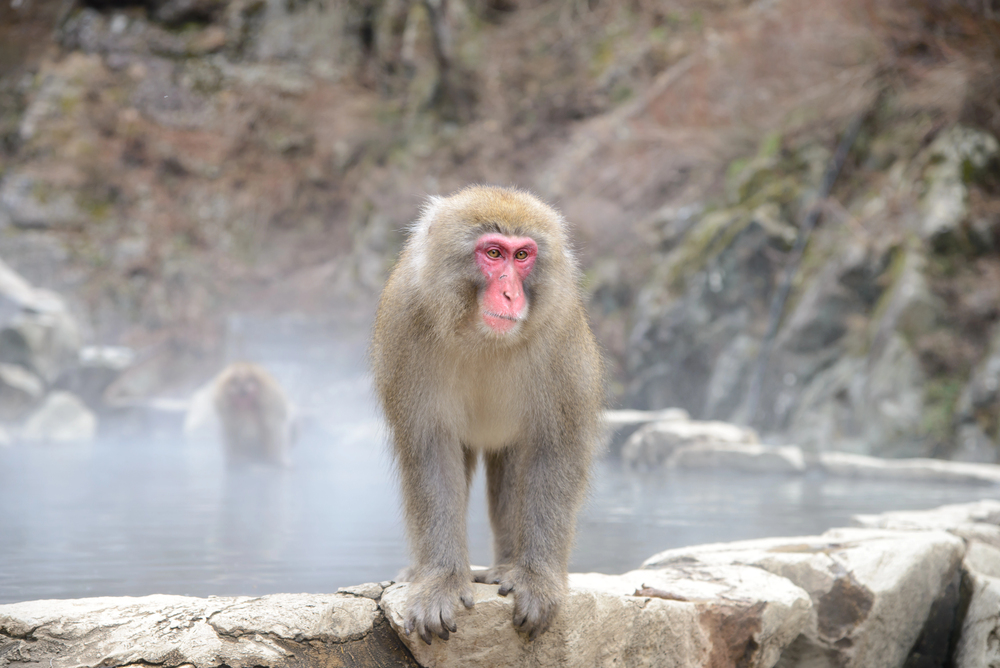
The monkeys discovered these pools first. Japanese macaques have been soaking here since the 1960s, and watching them relax in the steam during winter is half the appeal. Humans have their own pools nearby at Korakukan Ryokan. The whole valley smells like eggs from the sulfur. Worth it for the monkey show alone.
Hot Water Beach, New Zealand
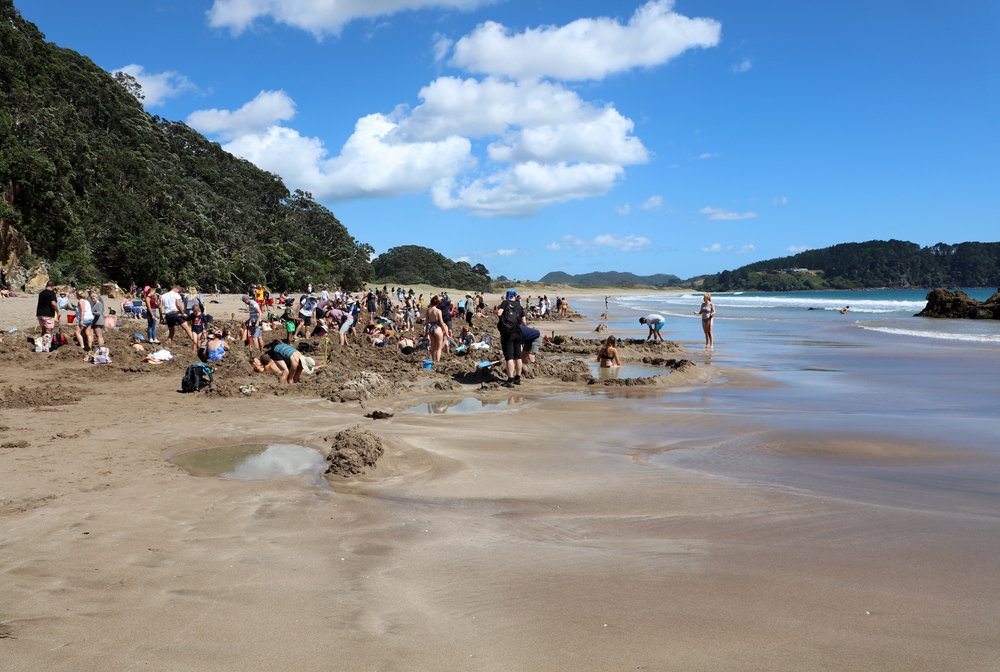
— Photo by Benri185
Here’s the deal: you dig your own hot tub. At low tide, grab a shovel and dig into the sand where thermal water bubbles up from below. Some spots hit 147°F—way too hot—so you need to mix in cold seawater. Two hours either side of low tide only. Check the tide charts or you’ll miss it completely.
Termas Geométricas, Chile
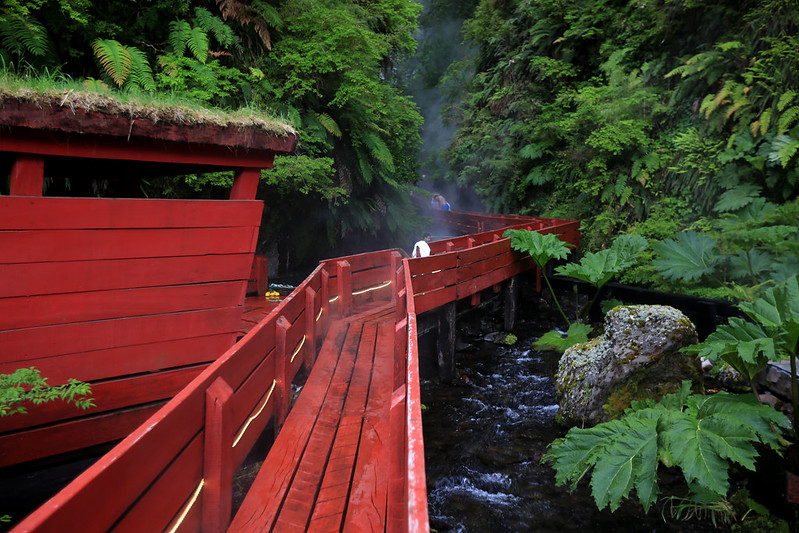
Seventeen pools connected by red wooden walkways wind through a narrow gorge in the Chilean rainforest. Japanese-inspired design meets South American jungle. Steam rises through the canopy. Each pool varies from 95-108°F. They serve pisco sours at the end of the trail. The rain actually improves the experience—seriously.
Chena Hot Springs, Alaska
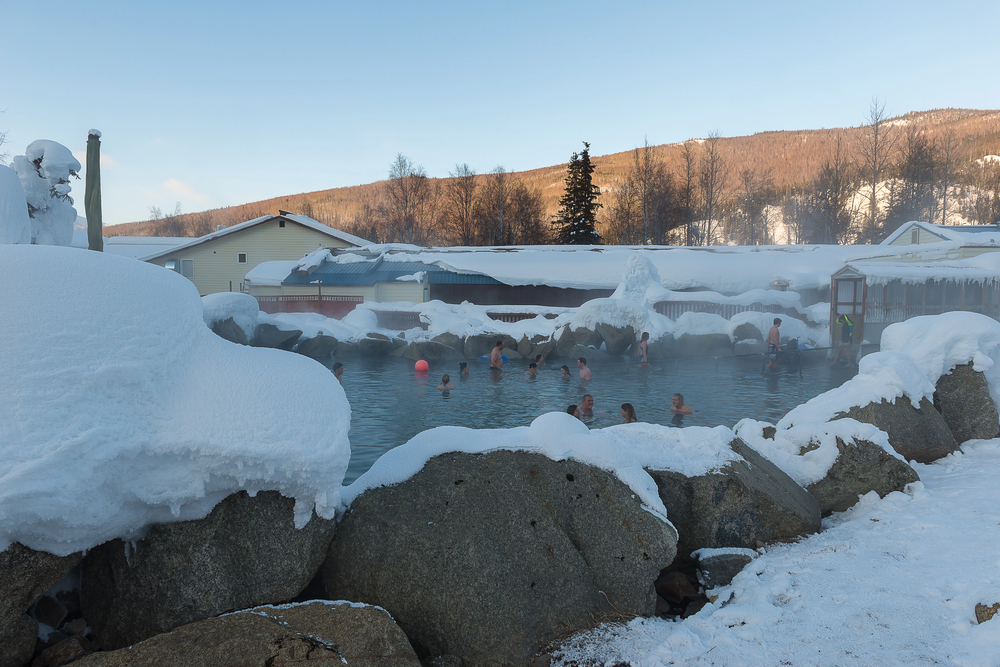
— Photo by srongkrod481
Located 60 miles from Fairbanks, these springs stay open year-round, even when it’s -40°F outside. The outdoor rock lake is the main attraction: • Hair freezes into wild shapes in winter • Northern lights viewing from the water • Ice museum on-site (they serve appletinis in ice glasses)
The indoor pools are less dramatic but warmer when the weather gets brutal.
Ojo Caliente, New Mexico
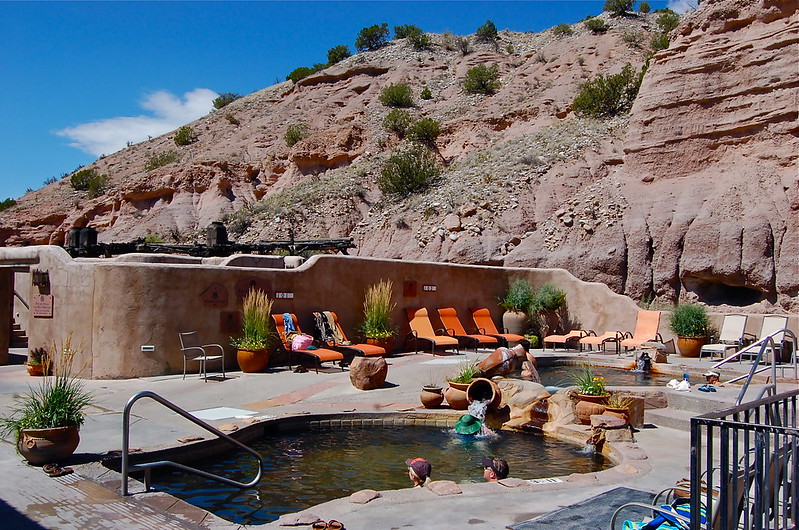
America’s oldest health resort has five different mineral pools—lithia, iron, soda, sulfur, and arsenic (don’t worry, tiny amounts). Each supposedly helps different ailments. The mud pool is the weird highlight—you cover yourself in clay, let it dry in the desert sun, then rinse off. Feels ridiculous. Skin feels amazing after.
Kusatsu Onsen, Japan
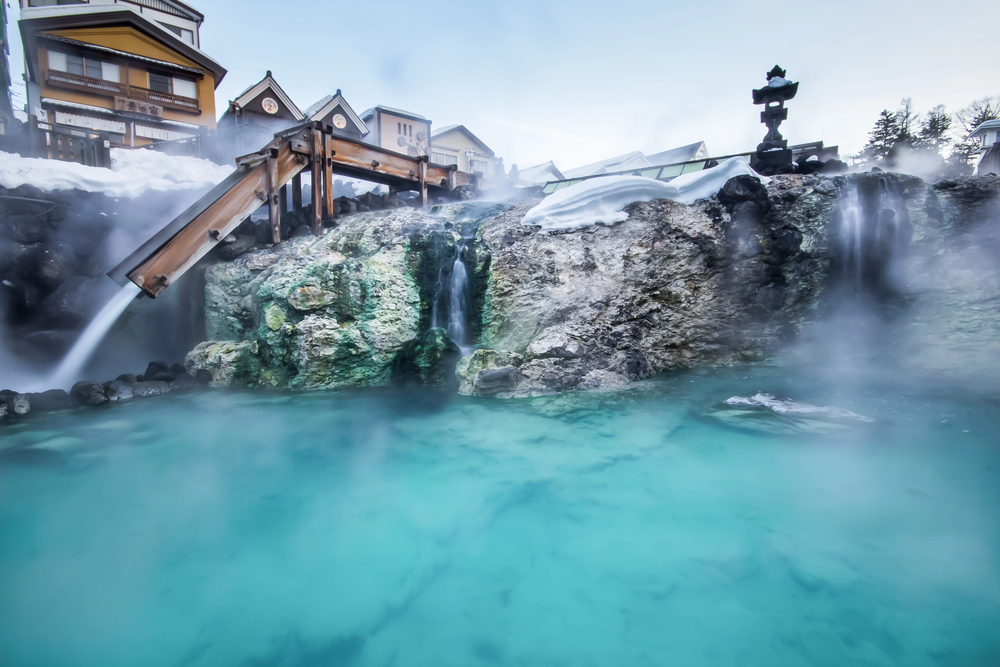
The water here is so acidic it can dissolve a nail in a week. Still, people have bathed here for over 1,000 years. The main source pumps out 32,000 liters per minute at 158°F. They cool it using huge wooden paddles in a traditional ceremony called yumomi. The whole town smells like sulfur. Not subtle.
Deception Island, Antarctica
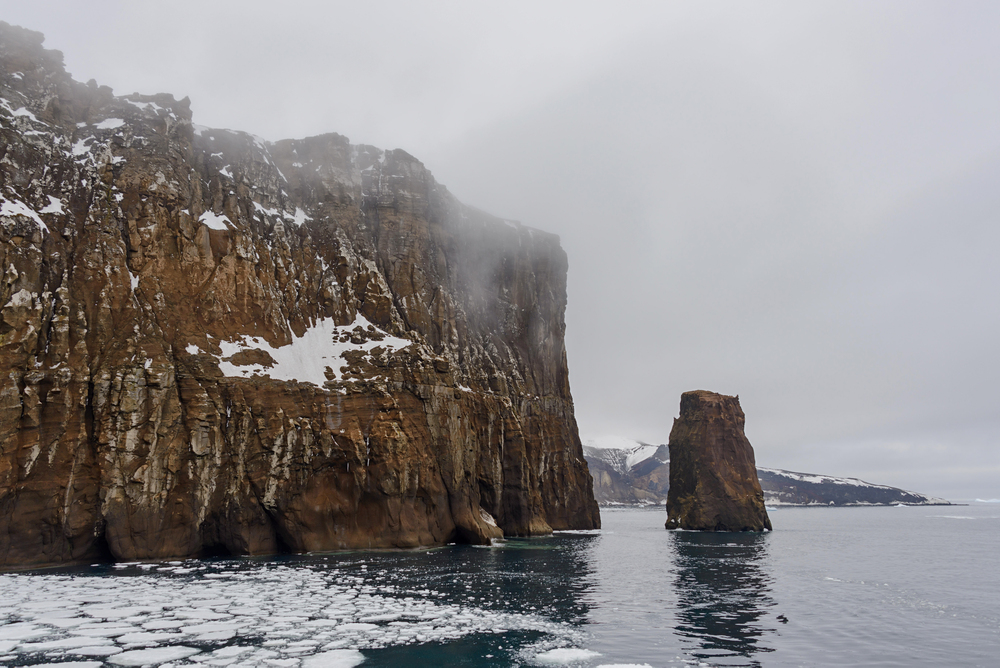
Technically, you’re swimming in a flooded volcanic caldera. The beach sand can hit 158°F while the water stays near freezing—except where thermal vents heat small pockets. Penguin colonies nearby. You’ll need to book an expedition cruise to get here. Most remote hot spring experience possible.
Tabacón, Costa Rica
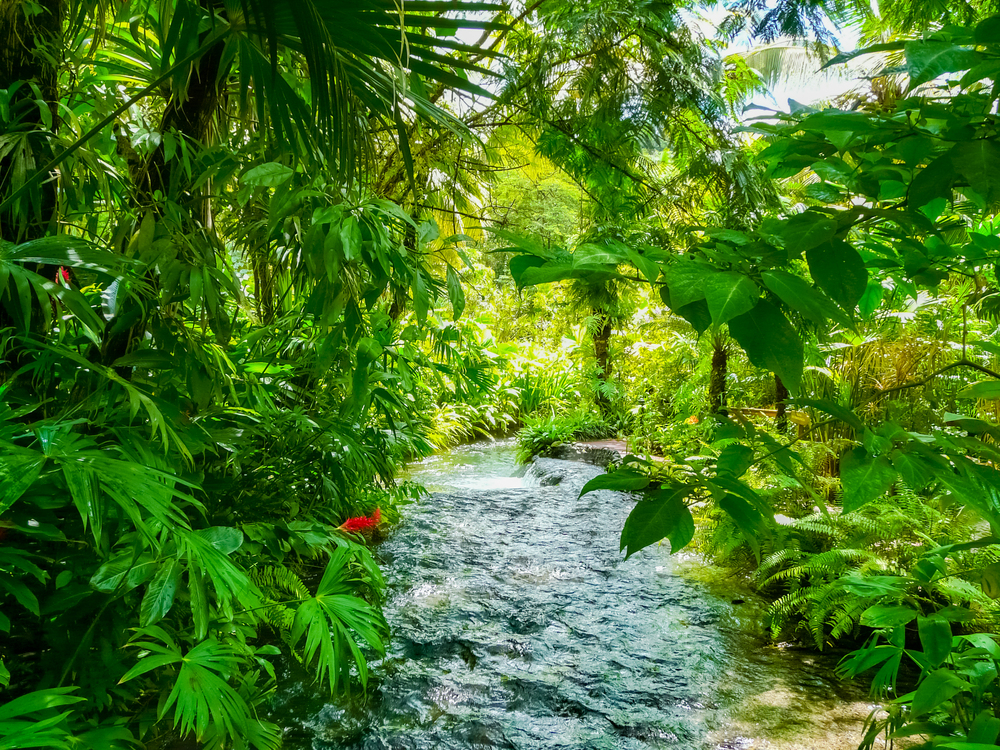
Fed by underground rivers heated by Arenal Volcano, these springs flow through tropical gardens with five main pools ranging from 77-122°F. The waterfall pool lets hot water cascade onto your shoulders. Toucans fly overhead. Sometimes you can hear howler monkeys. A beer costs $12 though—captive audience pricing.
Glenwood Hot Springs, Colorado

— Photo by urban_light
The world’s largest hot springs pool holds 1.07 million gallons. Opened in 1888, it’s basically a thermal swimming pool now—kids with water wings everywhere in summer. But the smaller therapy pool stays adults-only at 104°F. They pump in 3.5 million gallons of 122°F water daily. Mineral content is relatively low, so no strong smell.
Bagni San Filippo, Italy
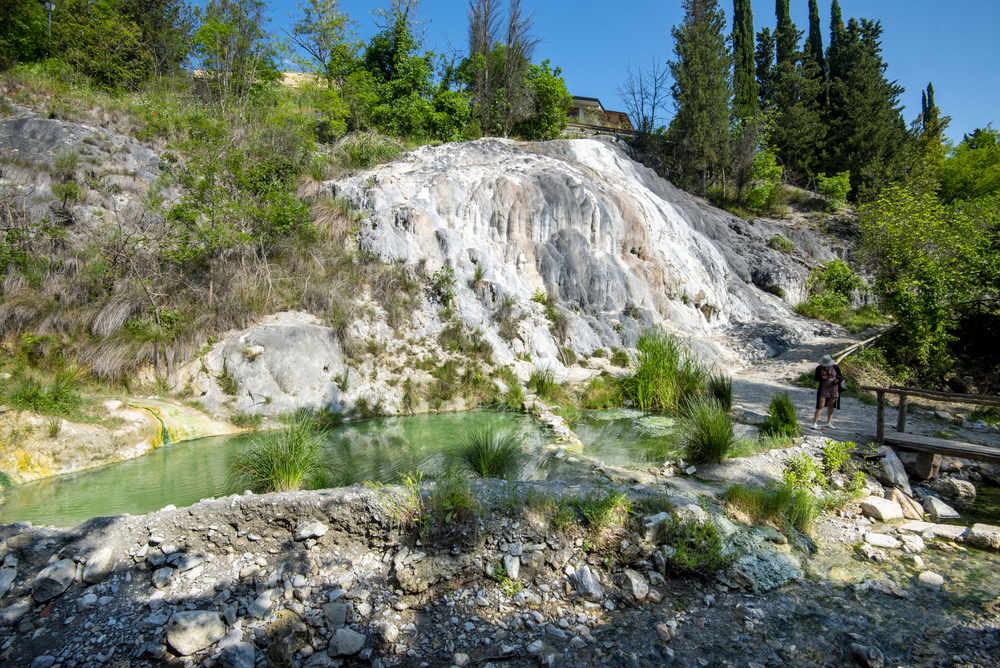
Hidden in a Tuscan forest, these free pools feature a massive white limestone formation locals call “the white whale.” Calcium deposits built it up over centuries. Several pools cascade down the hillside. No entrance fee, no facilities. Just hot water and forest. The paid spa nearby has amenities if you need them.
Kinosaki Onsen, Japan
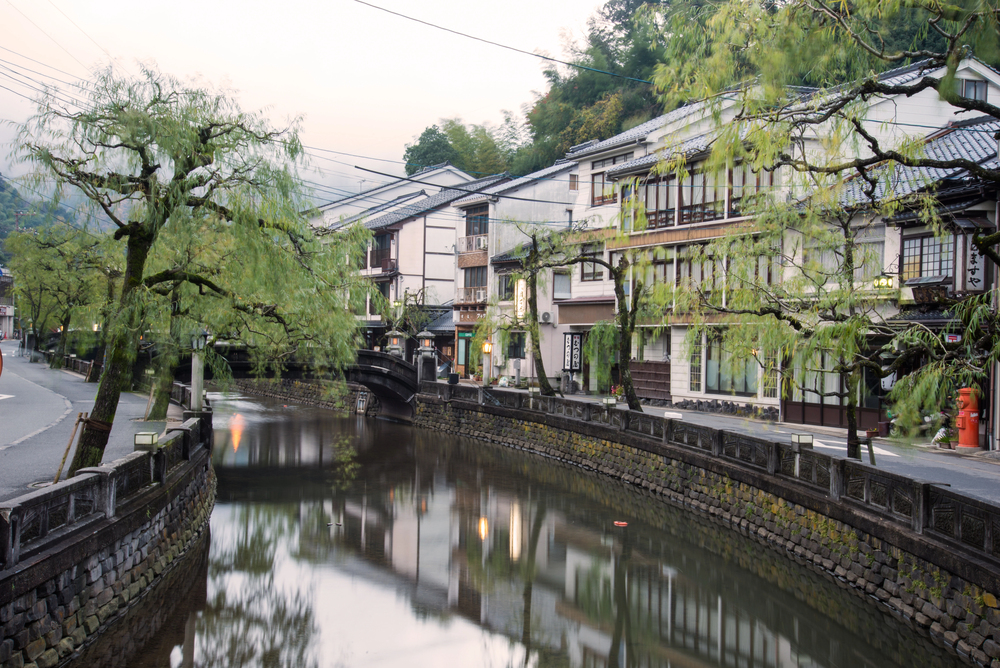
This town is basically seven public bathhouses connected by a willow-lined canal. Visitors wear yukata robes and wooden sandals, wandering between baths. Each has different minerals and temperatures. The cave bath at Ichino-yu is the oldest—running since the 8th century. The whole town shuts down by 10 PM.
Landmannalaugar, Iceland
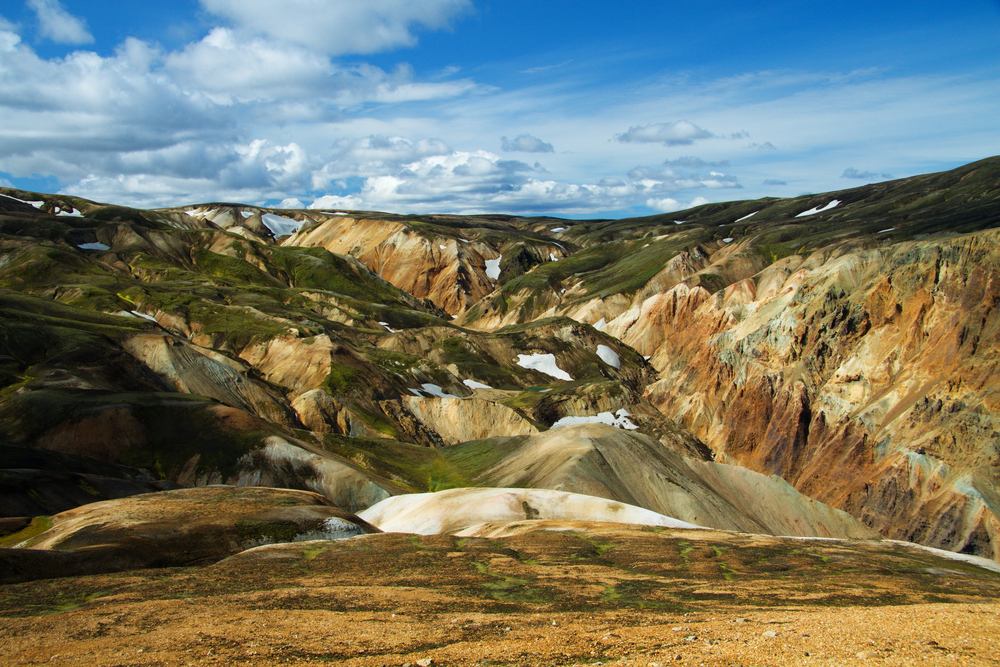
These natural pools sit in the Highlands, surrounded by rhyolite mountains that look like they’ve been painted—pink, green, yellow, blue. The hot and cold streams meet right where people bathe, so you can adjust the temperature by moving a few feet. Only accessible by 4×4 in summer. No facilities whatsoever. Raw Iceland.
Dunton Hot Springs, Colorado
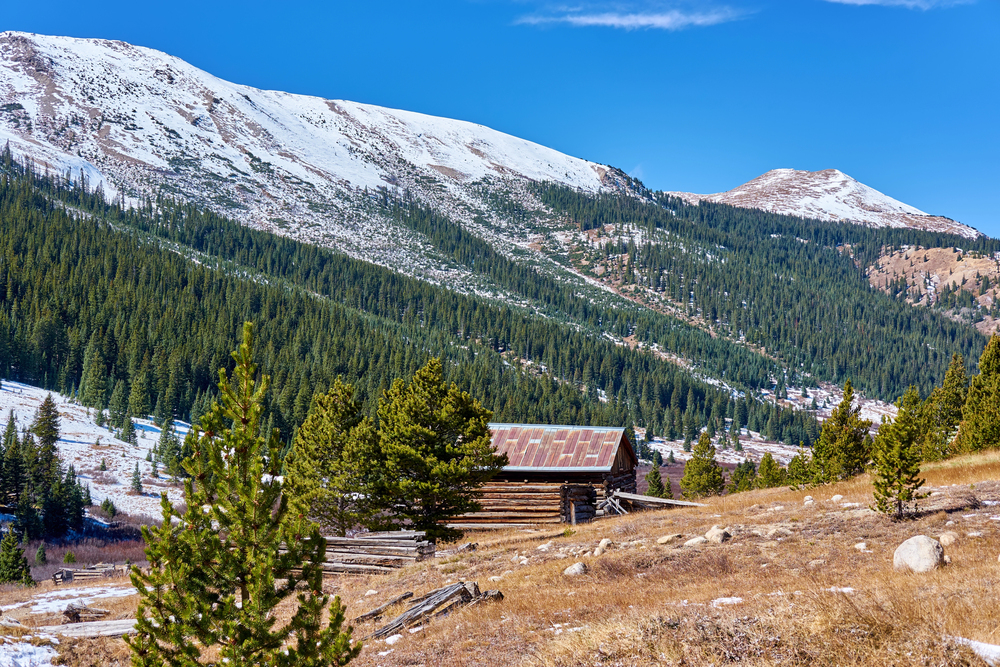
A restored ghost town turned luxury resort with natural springs, the Ute Indians used for centuries. The main pool sits inside a restored 19th-century bathhouse with the roof partially removed for stargazing. Water stays around 106°F. They limit guests to maintain the ghost town feel. Costs a fortune.
Hammam Essalihine, Algeria
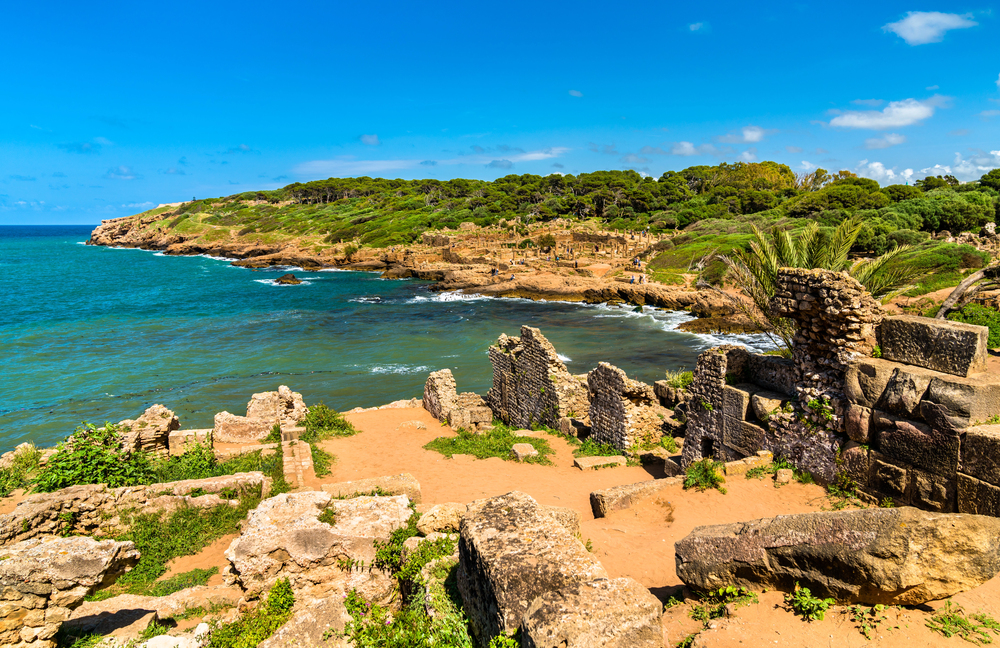
Romans called it Aquae Flavianae. The water hits 158°F at the source, cooling as it flows through ancient stone channels into circular pools. Local tradition says pregnant women who bathe here will have sons. The original Roman baths are still visible. Mountains all around. Almost no tourists make it here—yet.
The enduring appeal of Earth’s thermal gifts
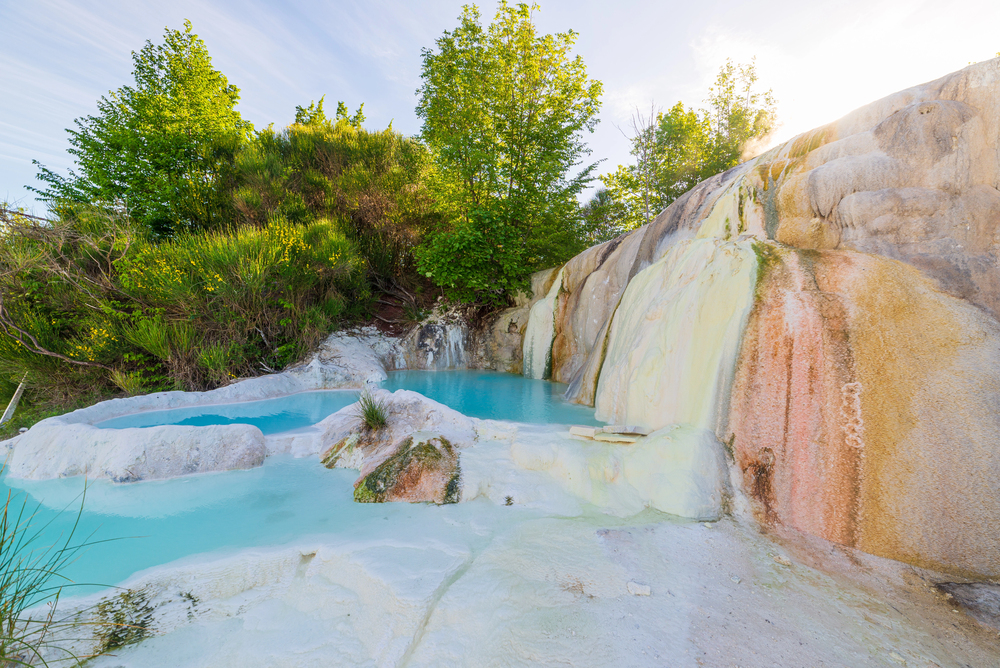
Hot springs strip away the complicated. No matter the location—jungle, desert, glacier, or volcanic island—the experience reduces to its simplest form: hot water, minerals, and time to sit still. Some smell terrible. Some cost too much. Still, every culture that discovers them builds entire traditions around the simple act of soaking. Maybe that says something worth listening to.
More from Travel Pug

- 20 Best Beach Towns in the Carolinas
- 13 Destinations Where Tourists Regularly Regret Their Trip
- 20 Things You Actually Get in First Class
- 20 Small Airports With Aviation Museums
- 20 Places in the U.S. That Are Perfect for a Reset Trip
Like Travel Pug’s content? Follow us on MSN.
